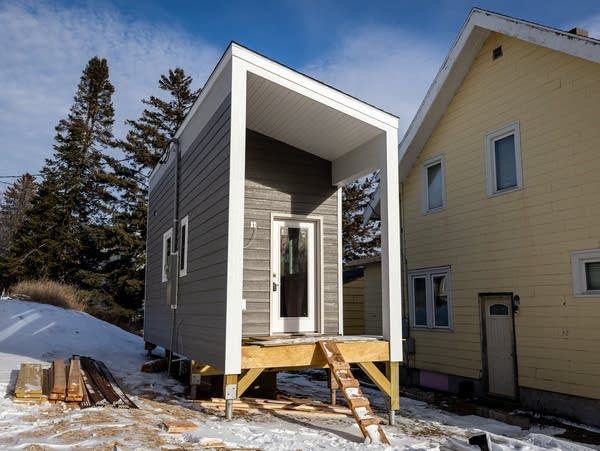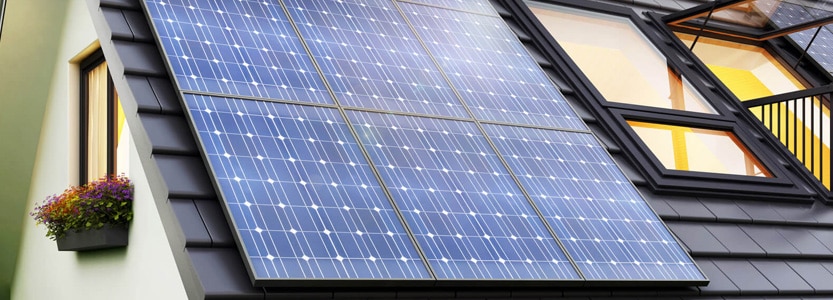
Welcome to 'Cultivating Your Own Green Haven: An Insightful Guide on Creating a Home Vegetable Garden.'
This informative article will provide you with practical and detailed instructions on how to create your own flourishing vegetable garden at home.
From selecting the ideal location and preparing the soil to choosing the perfect vegetables and ensuring they receive adequate water, this guide is designed to empower and inspire those seeking the freedom to grow their own organic produce.
Choose a Location
To begin your journey in creating a home vegetable garden, it is essential to choose a suitable location that offers optimal growing conditions.
One option to consider is container gardening, which offers numerous benefits. Containers provide flexibility, allowing you to move them around to find the best sunlight exposure, which is crucial for plant growth. Moreover, containers can be placed on balconies, patios, or even indoors, making gardening accessible to those with limited space.
Another option is raised bed gardening, which also has its advantages. Raised beds provide better drainage, prevent soil compaction, and offer easier access for planting, weeding, and harvesting. Additionally, raised beds can be built at a height that eliminates the need for bending or kneeling, making gardening more comfortable and enjoyable.
Consider these options and choose a location that suits your needs and preferences for a successful home vegetable garden.

Prepare the Soil
To properly prepare the soil for your home vegetable garden, it is important to assess its quality and make necessary amendments. Here are four steps to help you amend your soil and ensure optimal soil quality:
- Test the soil: Use a soil testing kit to determine the pH level and nutrient content of your soil. This will help you understand its current condition and identify any deficiencies that need to be addressed.
- Add organic matter: Incorporating organic matter, such as compost or well-rotted manure, improves soil structure, enhances drainage, and adds essential nutrients. Spread a layer of organic matter evenly over the soil and work it in using a garden fork or tiller.
- Adjust pH levels: If your soil is too acidic or alkaline, adjust the pH level accordingly using lime or sulfur. This will create a more suitable environment for your vegetable plants to thrive.
- Provide essential nutrients: Based on the soil test results, add the necessary nutrients to your soil. This can be done by using organic fertilizers or by following the recommendations provided by the soil test.
Select Your Vegetables
When planning your home vegetable garden, it is crucial to carefully select the vegetables you will grow, considering their suitability to your climate and the frequency at which they can be harvested.
Start by researching which vegetable varieties thrive in your specific region. Take into account your local climate, soil conditions, and available sunlight. Some vegetables, like tomatoes and peppers, require a long growing season and warmer temperatures, while others, like lettuce and spinach, prefer cooler weather.
Additionally, consider companion planting, which involves growing compatible plants together to maximize growth and deter pests. For example, planting marigolds with tomatoes can help repel harmful insects.
Plant Your Vegetables
Begin by preparing your garden beds with nutrient-rich soil to ensure optimal growth for your vegetables. This is crucial for providing the necessary nutrients and support for your plants. Once your soil is ready, it's time to plant your vegetables.
Here are some key tips to keep in mind:
- Vegetable spacing: Proper spacing between plants is essential for their healthy growth. Different vegetables have different space requirements, so make sure to research and follow the recommended spacing guidelines. This ensures that each plant gets enough sunlight, water, and nutrients to thrive.
- Companion planting: Consider planting compatible vegetables together to maximize their growth and deter pests. For example, planting tomatoes with basil or marigolds can help repel insects and improve overall yield.
- Crop rotation: Avoid planting the same vegetable in the same spot year after year. This helps prevent the buildup of pests and diseases in the soil, ensuring healthier plants.
- Staggered planting: Planting vegetables in stages can provide a continuous harvest throughout the season. This way, you can enjoy a steady supply of fresh produce.
Water Regularly
Regular watering is essential for the successful growth and development of your vegetable garden. To ensure your plants receive adequate moisture, consider using irrigation systems and employing proper watering techniques.

Irrigation systems, such as drip irrigation or soaker hoses, provide a consistent and even distribution of water directly to the plant roots, reducing water waste and minimizing the risk of disease. These systems can be set on timers to ensure your garden receives water consistently, even when you are away.
When it comes to watering techniques, it's best to water deeply and infrequently. This encourages deep root growth and increases the plant's ability to withstand drought conditions. Additionally, watering in the early morning or late afternoon helps minimize evaporation and allows the plants to dry before nightfall, preventing the onset of fungal diseases.
Remember to adjust your watering schedule based on weather conditions and the specific needs of your plants.
Frequently Asked Questions
How Do I Protect My Vegetable Garden From Pests and Diseases?
To protect your vegetable garden from pests and diseases, consider using natural remedies such as neem oil, garlic spray, and insecticidal soap. Additionally, implementing companion planting techniques, such as planting marigolds or herbs, can help prevent pest infestations.
What Are Some Common Mistakes to Avoid When Starting a Home Vegetable Garden?
When starting a home vegetable garden, it is essential to avoid common mistakes that can hinder its success. Some of these mistakes include improper soil preparation, over or under-watering, neglecting pest control, and not using the necessary tools for maintaining a healthy garden.
Can I Grow Vegetables Indoors or in Containers Instead of in a Traditional Garden Bed?
Growing vegetables indoors or in containers instead of in a traditional garden bed offers several advantages, including year-round cultivation, space-saving options, and control over growing conditions. However, it also presents challenges such as limited space, potential for pests, and the need for artificial lighting and proper ventilation.
How Often Should I Fertilize My Vegetable Garden and What Type of Fertilizer Should I Use?
To ensure optimal growth and productivity, it is recommended to fertilize your vegetable garden every 4-6 weeks. When choosing a fertilizer, consider the pros and cons of organic and synthetic options, and select one that aligns with your gardening practices and goals.

Are There Any Specific Tools or Equipment I Need to Maintain My Vegetable Garden?
Gardening tools and essential equipment are necessary for maintaining a vegetable garden. These include shovels, rakes, pruners, watering cans, and wheelbarrows. Proper tools help with planting, weeding, pruning, and watering, ensuring a healthy and flourishing garden.
 Family Craft ProjectsHome ImprovementCooking and BakingReuse and RecycleDIY GiftsEco-Friendly ProjectsDIY Home SolutionsSeasonal ActivitiesFun and GamesLearn TogetherPrivacy PolicyTerms And Conditions
Family Craft ProjectsHome ImprovementCooking and BakingReuse and RecycleDIY GiftsEco-Friendly ProjectsDIY Home SolutionsSeasonal ActivitiesFun and GamesLearn TogetherPrivacy PolicyTerms And Conditions
